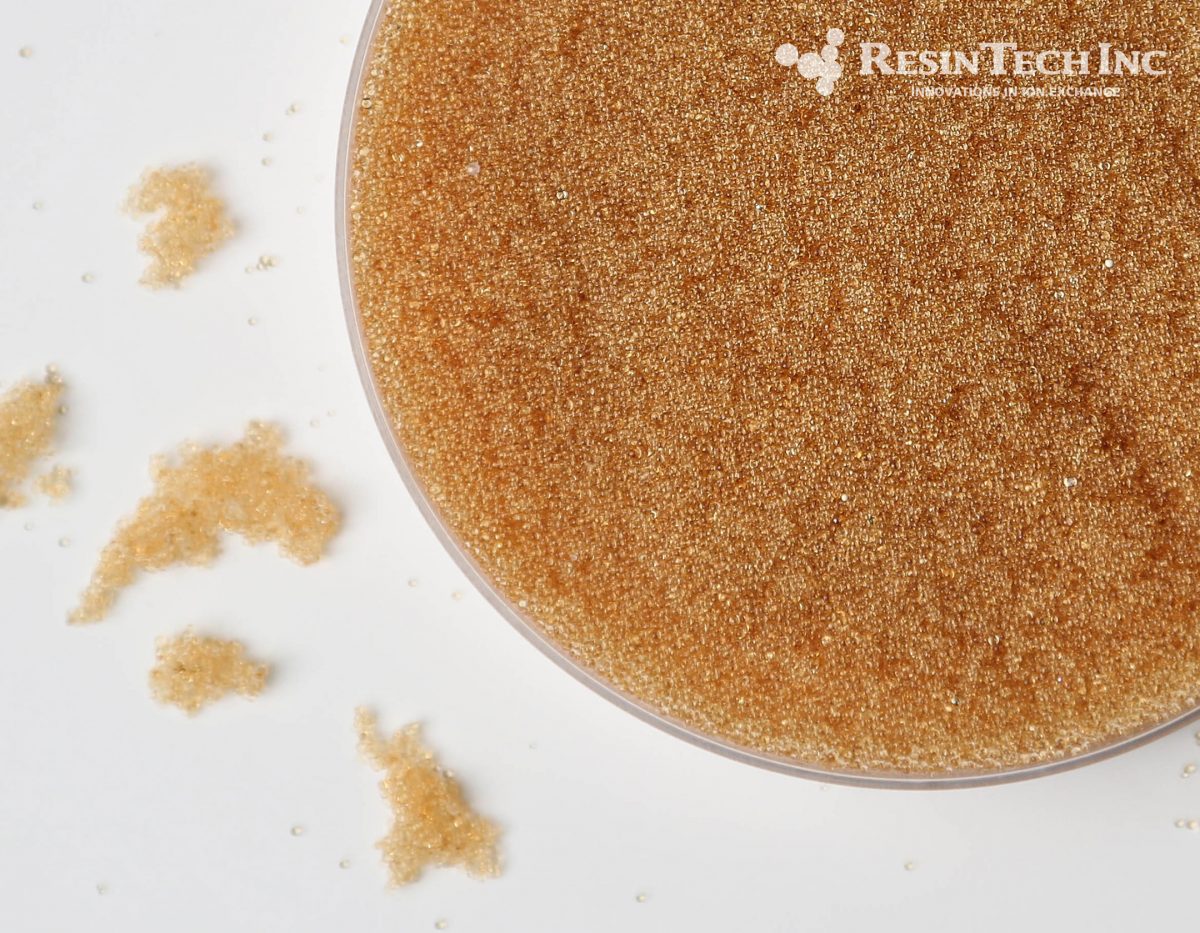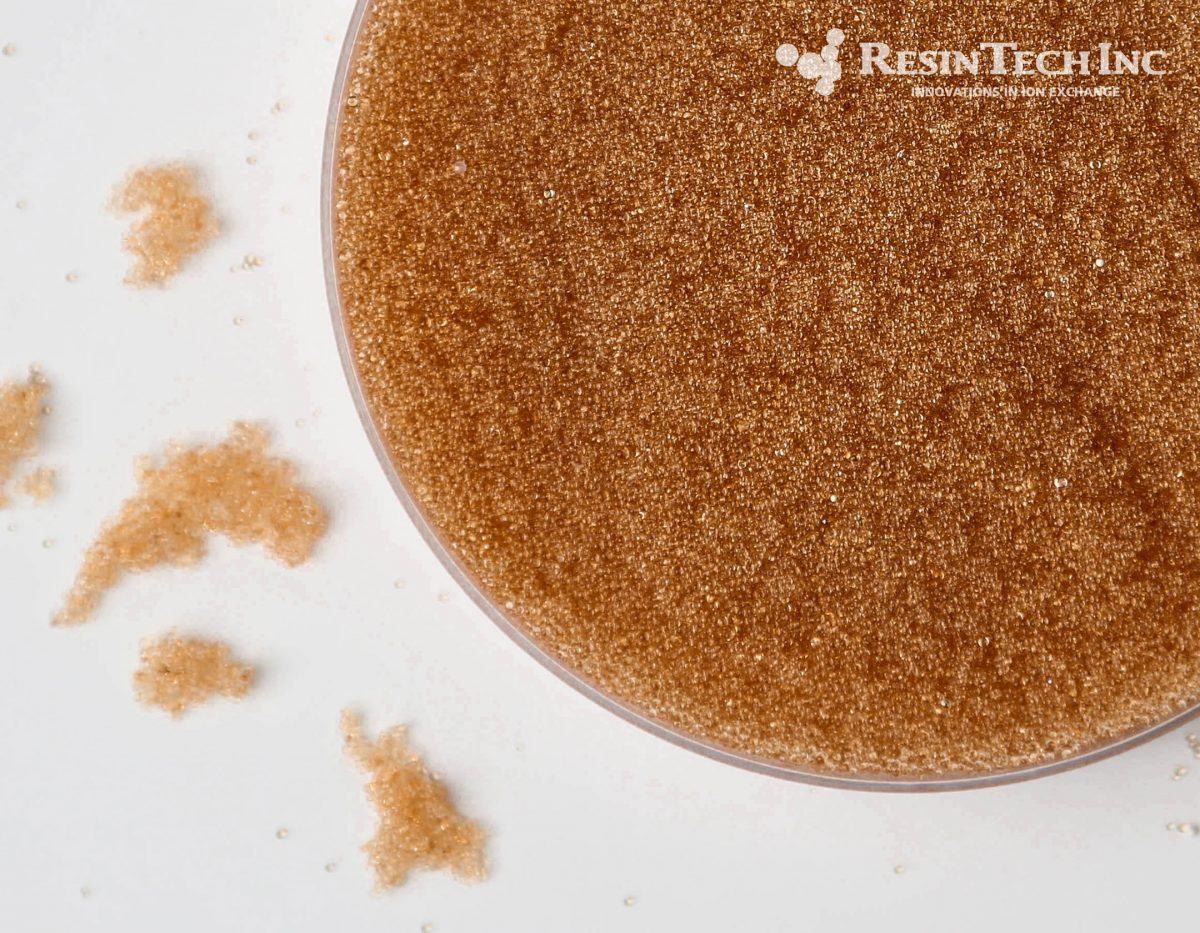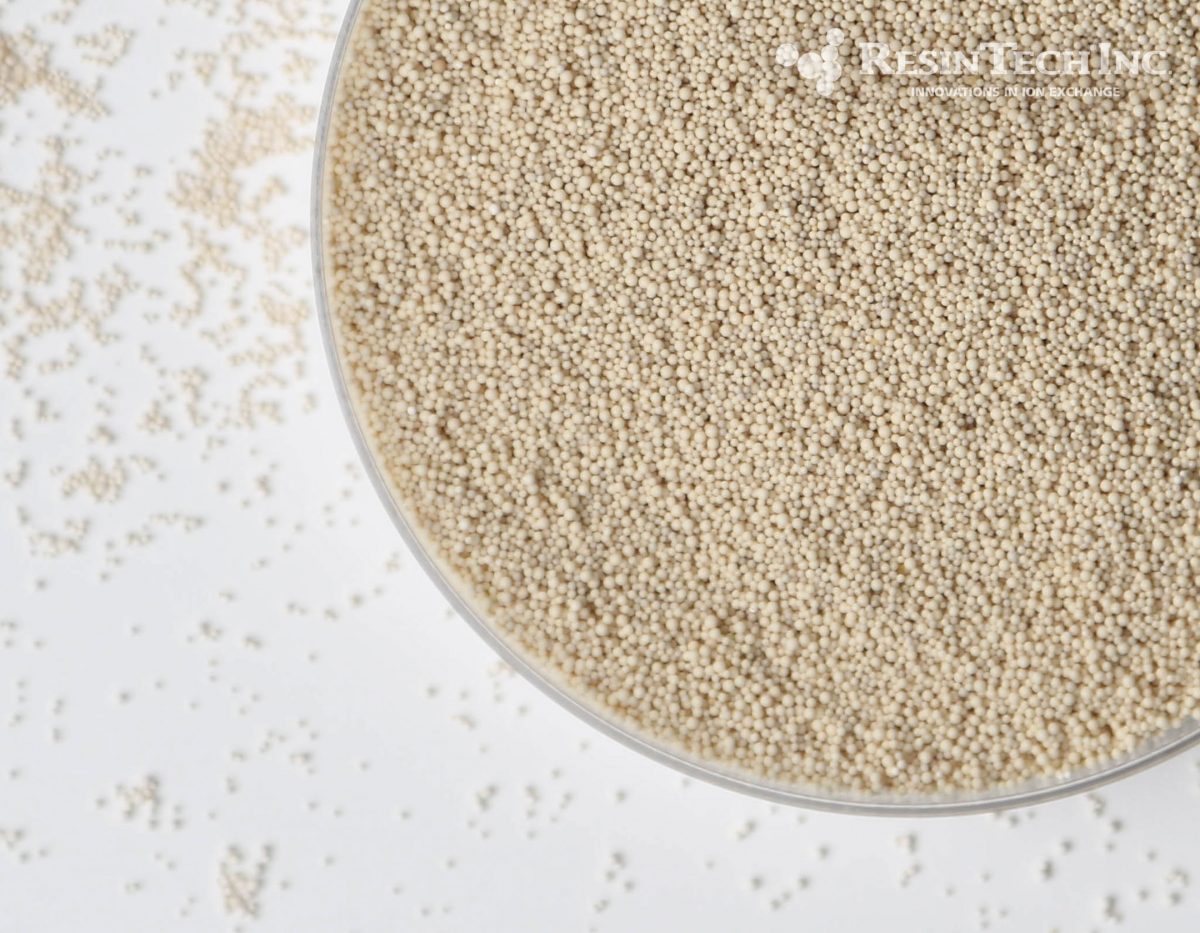- Products
- Services
- Markets
- About
-
 English US
English US
 English US
English US
Chemical Formula: Ni
Present as: cation
Nickel is a chemical element with symbol Ni and atomic number 28. It is a silvery-white lustrous metal with a slight golden tinge. Nickel belongs to the transition metals and is hard and ductile. Pure nickel, powdered to maximize the reactive surface area, shows a significant chemical activity, but larger pieces are slow to react with air under standard conditions because an oxide layer forms on the surface and prevents further corrosion (passivation). Even so, pure native nickel is found in Earth’s crust only in tiny amounts, usually in ultramafic rocks, and in the interiors of larger nickel–iron meteorites that were not exposed to oxygen when outside Earth’s atmosphere.
Meteoric nickel is found in combination with iron, a reflection of the origin of those elements as major end products of supernova nucleosynthesis. An iron–nickel mixture is thought to compose Earth’s inner core.
Use of nickel (as a natural meteoric nickel–iron alloy) has been traced as far back as 3500 BCE. Nickel’s hard, yet ductile, corrosion resistant characteristics make it usefule in high strength steel, copper nickel alloys, and in stainless steel.
Nickel salts are readily electroplated. Nickel sulfate and nickel sulfamate, often with boric acid as a pH stabilizer, are commonly used. Nickel in water is most commonly present as a divalent cation.
Traces of nickel can be found in potable waters as the corrosion product from nickel plated piping and fixtures. However, nickel is expensive and not commonly used.
Nickel production is often associated with solution mining. Nickel is extracted from the ore by acid and then purified by ion exchange.

| Media Sub Category |
Strong Acid Cation |
| Polymer Matrix |
Styrenic Gel |
| Ionic Form |
Sodium |
| Applications: | |
|
- Softening - Industrial |
|

| Media Sub Category |
Strong Acid Cation |
| Polymer Matrix |
Styrenic Gel |
| Ionic Form |
Hydrogen |
| Applications: | |
|
- Demineralization |
|

| Media Sub Category |
Strong Acid Cation |
| Polymer Matrix |
Styrenic Gel |
| Ionic Form |
Hydrogen |
| Applications: | |
|
- Demineralization |
|

| Media Sub Category |
Strong Acid Cation |
| Polymer Matrix |
Styrenic Macroporous |
| Ionic Form |
Hydrogen |
| Applications: | |
|
- Demineralization |
|

| Media Sub Category |
Strong Acid Cation |
| Polymer Matrix |
Styrenic Gel |
| Ionic Form |
Sodium |
| Applications: | |
|
- Softening - Industrial |
|

| Media Sub Category |
Strong Acid Cation |
| Polymer Matrix |
Styrenic Macroporous |
| Ionic Form |
Sodium |
| Applications: | |
|
- Softening - Industrial |
|
Need a little help deciding what to do next?
Reach out to us using the link below.
Tel: 856-768-9600
Fax: 856-768-9601
©2024 ResinTech, Inc.